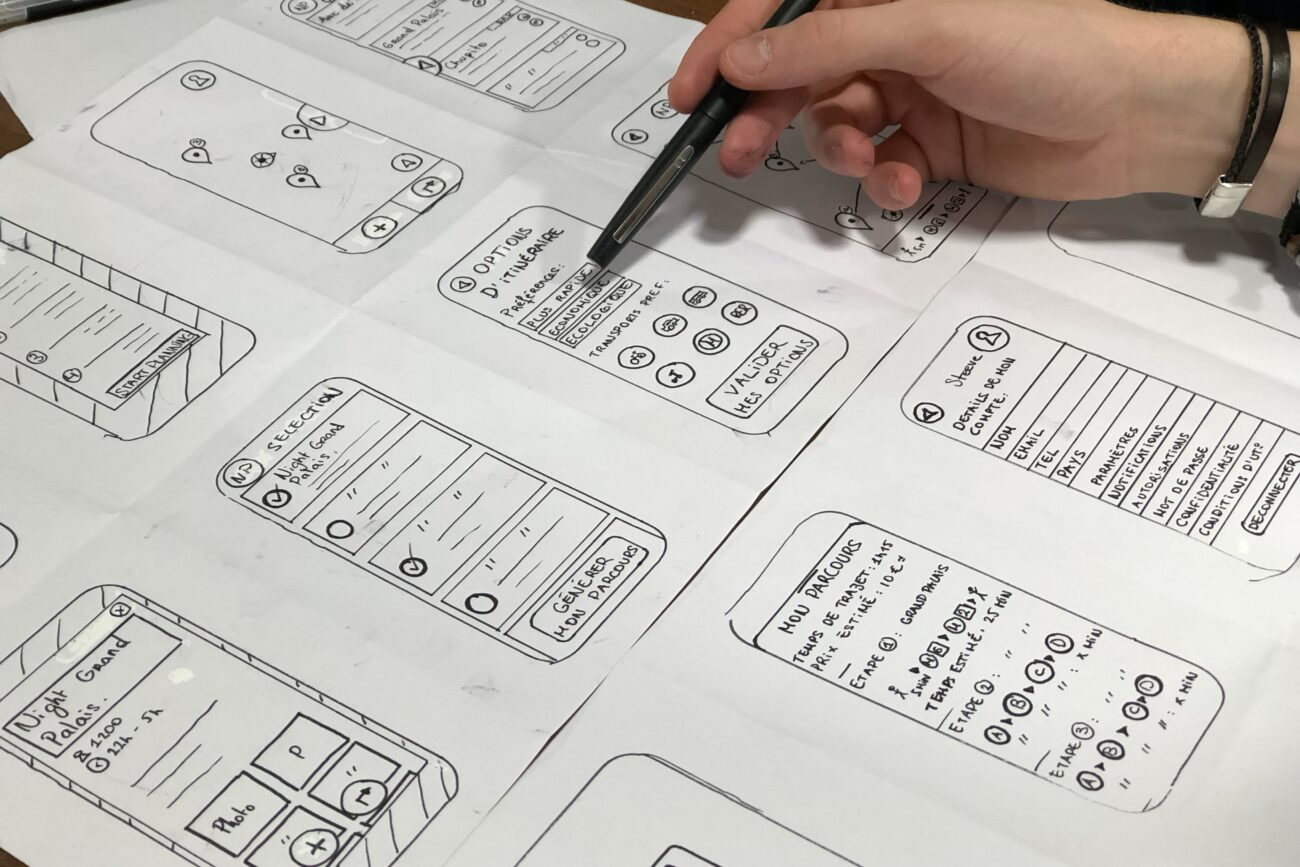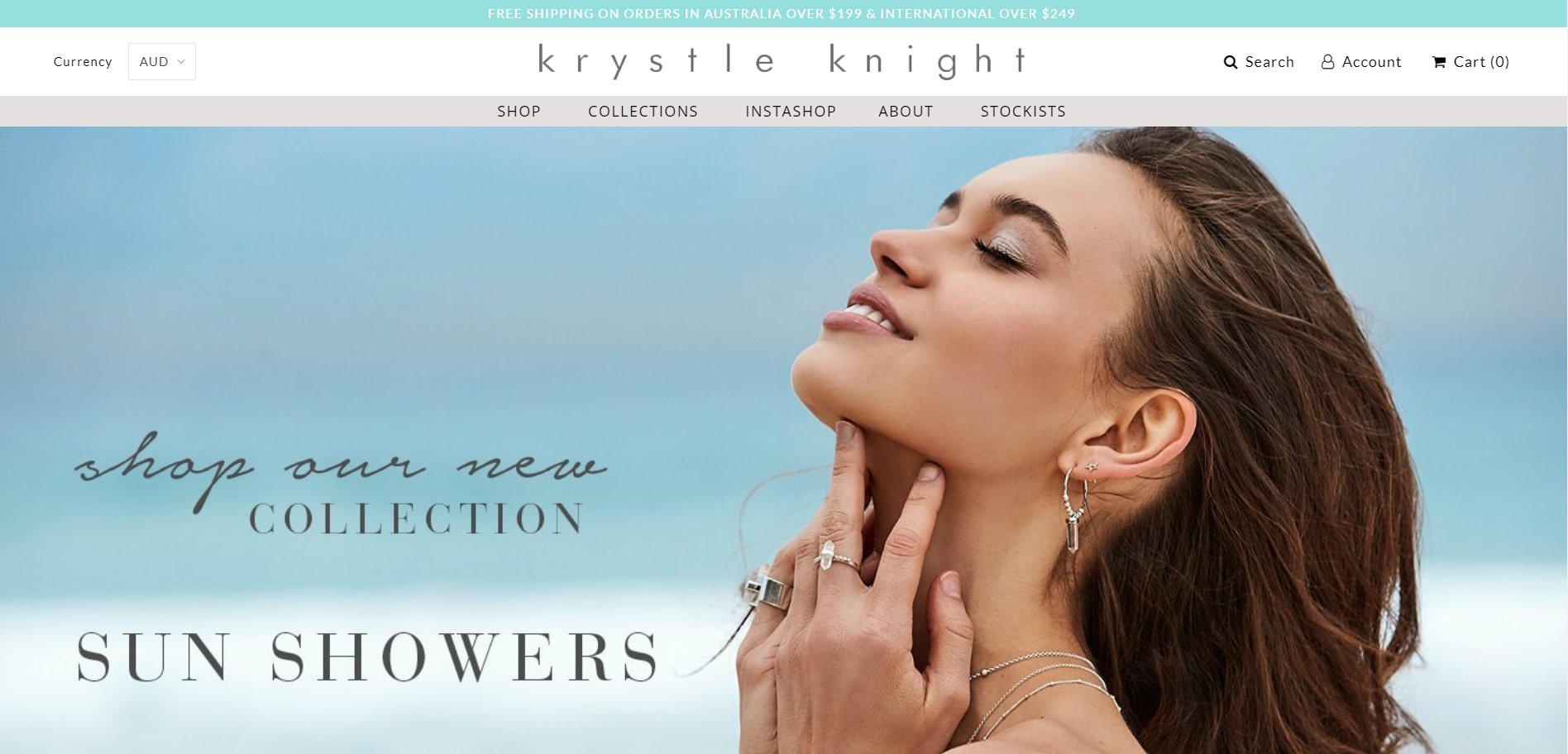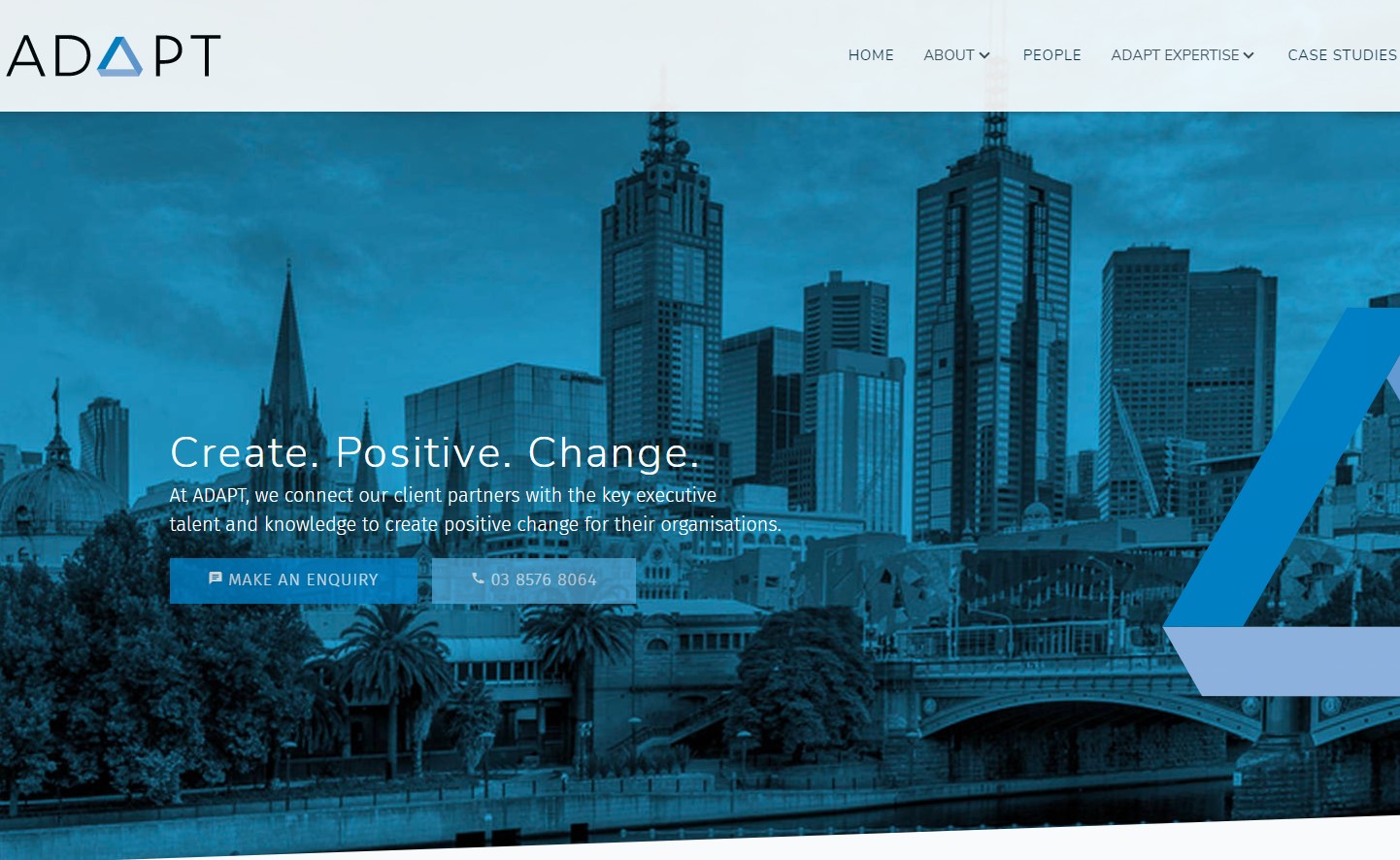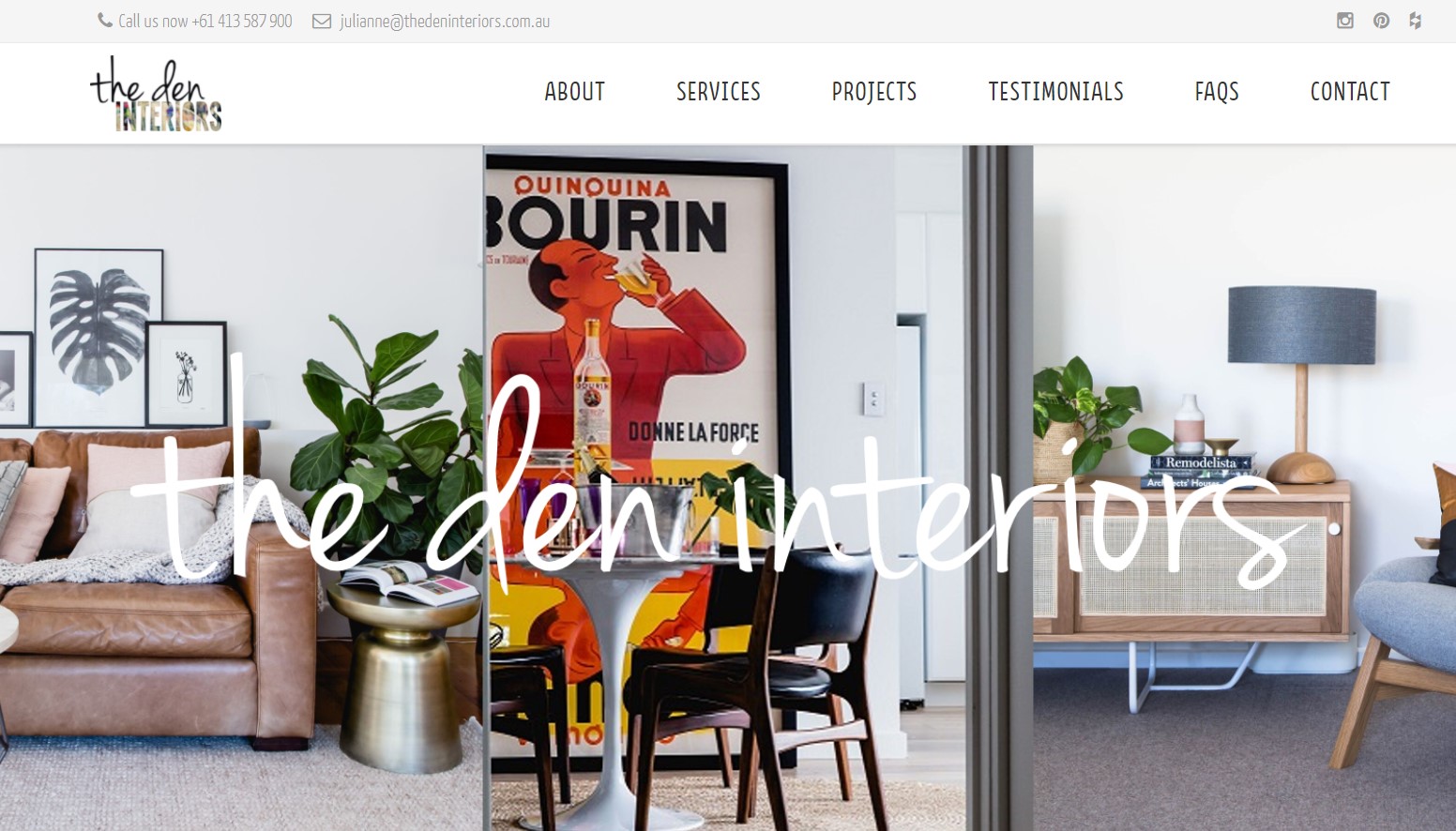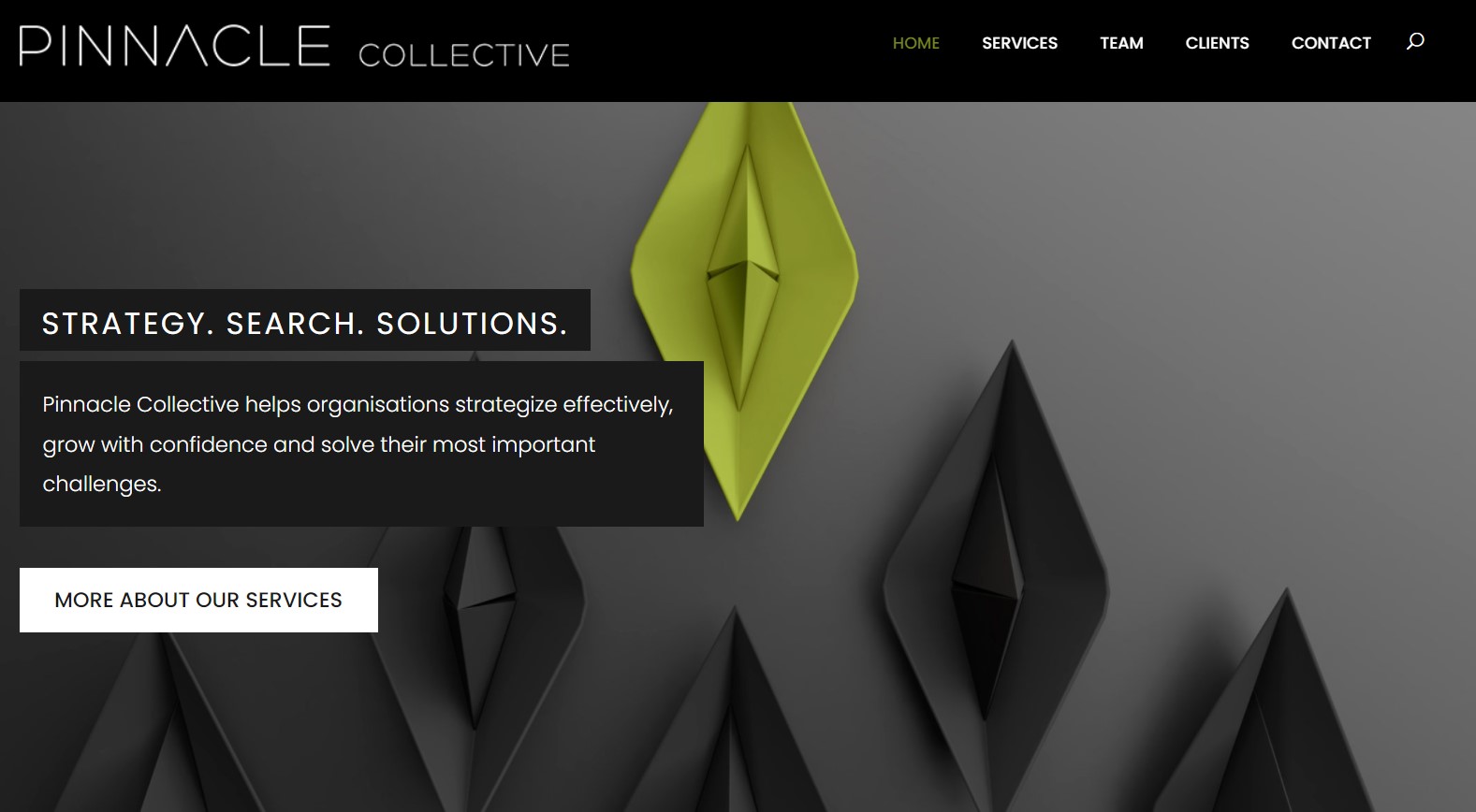1. Social Media Integration:
Integrating social media into your web design strategy is akin to creating a digital bridge between your website and your audience’s social networks. Here’s why it’s indispensable:
- Brand Visibility:
Social media icons and share buttons on your website enhance brand visibility and encourage users to connect with your brand across platforms. - Content Dissemination:
Share blog posts, products, and updates effortlessly on social media to expand your reach and drive traffic back to your website. - Engagement:
Foster meaningful interactions by embedding social media feeds, showcasing user-generated content, and encouraging discussions. - User Experience (UX):
Map out the user journey, ensuring that every interaction is intuitive, efficient, and enjoyable.
2. Performance Marketing Strategy:
Performance marketing in web design revolves around data-driven strategies aimed at optimizing user acquisition, conversion rates, and overall website performance. Key elements include:
- Conversion Optimization:
Implement A/B testing, heatmaps, and analytics to refine web elements, such as calls-to-action (CTAs) and forms, for maximum conversions. - Analytics and Tracking:
Utilize tools like Google Analytics and marketing automation platforms to monitor user behavior, traffic sources, and campaign performance. - Search Engine Marketing (SEM):
Leverage pay-per-click (PPC) advertising on search engines to drive targeted traffic to your website. - Email Marketing Integration:
Integrate email marketing campaigns seamlessly into your web design, nurturing leads and promoting customer retention. - Retargeting:
Use pixel tracking and retargeting ads to re-engage users who have previously visited your site, increasing conversion opportunities.
3. Content Strategy and Performance:
Compelling content lies at the heart of successful web design. It’s essential to align your content strategy with your performance marketing efforts:
- Quality Content Creation:
Craft informative, engaging, and relevant content that resonates with your target audience. - SEO Integration:
Optimize content for search engines to improve organic search rankings, driving more traffic. - Content Distribution:
Promote content through social media, email marketing, and other channels to maximize its reach and impact. - Conversion-Focused Content:
Create content that aligns with each stage of the customer journey, from awareness to conversion. - Integration:
Seamlessly integrate third-party services, APIs, and databases to enhance website functionality.
In summary, the integration of Social Media & Performance Marketing within web design is a potent combination that amplifies your online presence’s reach, effectiveness, and impact. By seamlessly connecting your website to social platforms, leveraging data-driven marketing strategies, and delivering high-quality content, you can create a web experience that not only engages your audience but also drives measurable results, fostering growth and success in the digital landscape.


